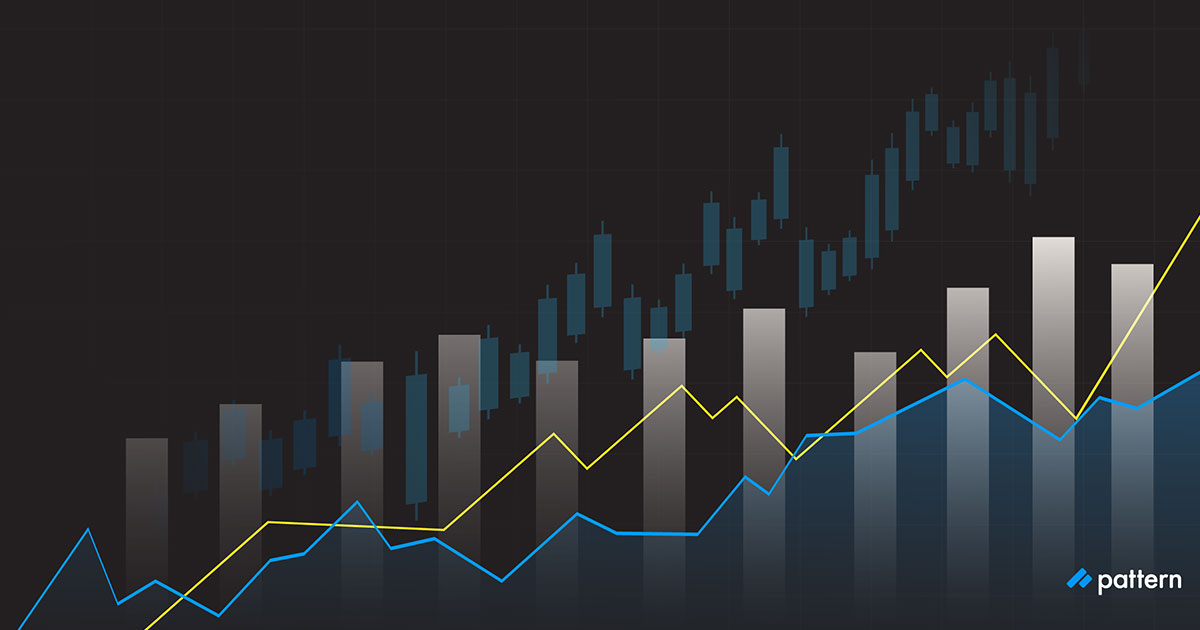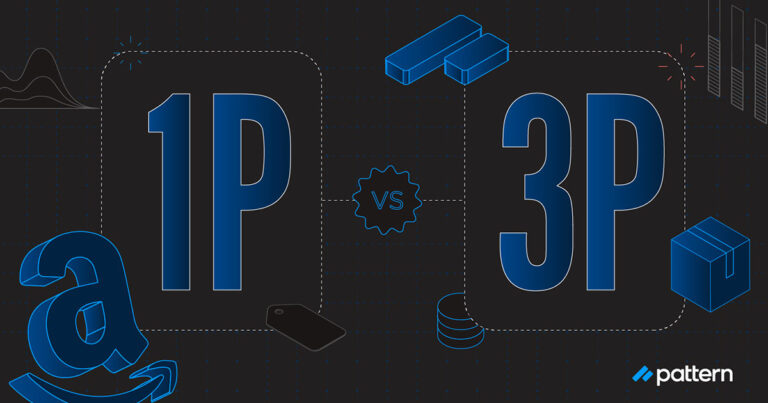Last year’s ecommerce trends were unlike anything we’ve ever seen before. Compounded with Covid-19 restrictions that pushed more consumers to shop online, the already steadily thriving ecommerce industry made huge gains in 2020, and the horizon for digital sales is looking more promising (and competitive) than ever.
So what did 2020 look like for ecommerce? We’re here to break down all of the ecommerce trends to keep in mind for 2021.
Ecommerce Growth Trends
A quick look at ecommerce growth data shows you just how well the industry is doing. For the past 10 years, ecommerce was growing an average of 15% year-over-year. In 2020, it grew over twice that number.
U.S. ecommerce grew 32% in 2020 to reach $790 billion—that’s up from $598 billion in 2019! Ecommerce also represented 14% of total retail spending in 2020. Again, for comparison, it only represented 11.3% in 2019.
The market peaked during the second quarter, when widespread lockdowns led to brick-and-mortar store closures, restricted hours, and a ballooning need for online goods and curbside delivery. MarketplacePulse reported that Q2 ecommerce saw a 16.1% share of retail sales. As businesses adjusted to mask and social distancing measures and shoppers could safely return to in-person shopping, retail spending recovered and ecommerce percentages decreased.
The holidays also saw unprecedented sales numbers for ecommerce businesses. Total holiday retail spending surpassed $1 trillion for the first time in 2020, and ecommerce sales alone grew 32.5%. Cyber Monday 2020 was massively successful. It was the largest online spending day in history, rising 15.6% to $10.78 billion. Insider Intelligence reports that Black Friday sales increased 22% to $8.92 billion, while Thanksgiving sales rose 21.4% to $5.02 billion.
Ecommerce trends for 2020 are also interesting outside of the U.S. Latin America saw stand out ecommerce growth last year (36.7%), with North America, Central & Eastern Europe, and Asia-Pacific following. It’s a good reminder that the international ecommerce field is ripe with opportunity for U.S. brands wishing to grow even more.
The upward trend in ecommerce growth isn’t expected to stop, though less dramatic increases are expected with vaccine rollouts and a more predictable market in 2021.
So, what are the ecommerce trends your brand should be aware of?
1. Use Online Marketplaces
2020 was a challenging year for businesses, with many experiencing inventory issues, closures, and significant adjustments to marketing and sales to meet a new retail landscape. While some of those same challenges carried over to online marketplaces—you might recall that Amazon saw significant delays and inventory issues last spring due to the Covid-19 pandemic—marketplaces overall saw exciting growth.
In spite of shipping and inventory issues, Amazon was the biggest winner, growing significantly during initial lockdown periods and with greater fulfillment capacity than its competitors. Amazon’s annual revenue increased 38% to $386 billion—an increase of over $100 billion year-over-year—and the company’s net profit was up 84% in 2020 compared to 2019. That’s a lot of Benjamins.
Amazon’s Sponsored Brands saw exceptional growth during Prime Day promotions, which were postponed from the summer to October 2020 due to the pandemic. Markle reported that advertisers who ran deals on Prime Day saw a sales lift of 240%, which outpaced their spend increase by 210%. Amazon continues to prove they aren’t going anywhere.
Smaller marketplaces are also thriving beyond 2020. Walmart surpassed eBay to become the second largest ecommerce marketplace—its revenues grew $35 billion in 2020—and, for the first time in its history, Target leaped into the top ten ecommerce marketplaces, landing a position at number seven. The company made over $13 billion in sales in 2020, a 104% year-over-year change from 2019.
2. Create a Convenient Customer Experience
Both Walmart and Target have seen large returns due in large part to their investment in curbside pickup and same-day delivery options. These are two trends that are not expected to go away in 2021, as they’ve been met with a largely enthusiastic response from shoppers.
Target is an especially fascinating example. In January 2021, they reported that their same-day shipping services—Drive Up, Order Pickup, and Shipt—grew a combined 193% during the holiday season. Nearly $700 million of those sales came from their Drive Up service alone, which increased 500% year-over-year from 2019, and those sales didn’t negatively impact their in-store pickup. In fact, in-store pickup increased more than 50%.
Customers are looking for safer, more convenient, and more diverse ways to make their purchases in 2020 and 2021, and the pulse of the industry seems to suggest that faster shipping, digital selection, and easy pickup services will continue to do well.
3. Pay Attention to Categories
There were several “pandemic shopping categories” that emerged as leaders in the pack in 2020. Essential goods, in-place entertainment, and home projects saw a record-breaking year. But, the biggest standout category is grocery.
Before the Covid-19 pandemic, many stores were already building out their grocery order pickup and delivery capabilities. It has, until recently, been a relatively small niche in the grocery industry, but a growing one. During the pandemic, however, data shows that the popularity of online grocery exploded.
In August 2019, U.S. online grocery sales totaled $1.2 billion. By June 2020, that number was $7.2 billion, with a massive 79% of U.S. consumers turning to online grocery after the outbreak of the pandemic.
A study by PwC Global found that 63% of respondents are buying more groceries online or by phone now than before social distancing, and 86% of respondents are likely to continue to shop online for groceries when social distancing measures are removed.
With expanded curbside and delivery options, online grocery is expected to carry that momentum with it into 2021 and beyond. Business Insider reported that online grocery is expected to reach 55% of U.S. consumers by the end of 2024.
Online grocery isn’t just good for grocery. With the ability to add products from other categories to groceries in an online cart (i.e. Walmart.com), the shopping experience has become more convenient and efficient for marketplace consumers across the board.
4. Expand to an Omnichannel Strategy—Don’t Forget Social Media
Omnichannel strategies continue to be an important trend for brands in the ecommerce industry looking to expand. With more customers shopping online, the importance of having a cohesive and consistent brand across a diversity of channels, including marketplaces and social media, is greater than ever.
Two platforms that are particularly interesting right now are Instagram and TikTok. Instagram surpassed 1 billion global users in 2020, and it continues to build upon its Reels and Stories features in ways that brands can leverage for their ecommerce.
According to Markle, Instagram Stories ads generated 35% of impressions and 29% of total Instagram ad spend for brands. It’s anticipated that advertising features on Reels will be available to brands in the near future.
Instagram, more than any other social platform, is the platform shoppers are turning to to follow brands, and not only is it a popular B2C platform, but it’s growing in popularity for B2Bs who are wanting to raise awareness of their brand as well.
TikTok is the interesting newcomer in this space. The app saw explosive growth in 2020, and marketers, once distrustful of the app, are now paying close attention. Last fall, TikTok and Shopify announced that Shopify merchants can now create and run TikTok campaigns within the Shopify dashboard. The app has also added ecommerce-focused ad units, like a dynamic catalogue, that are attractive to brands. Marketers are expected to spend more on the app this year as it continues to expand its ecommerce features and dominate in the social video space.
2021 Ecommerce Trends
Overall, focusing on the end consumer is a big key in ecommerce. This year, focusing on finding where your target customer already is, and then showing up with convenience and support. No matter who your audience is, they can’t purchase your product offering if they don’t know about it. But, don’t neglect traditional channels in pursuit of new ones, maintain a balanced omnichannel strategy to keep both existing and potential customers happy. Not sure how to manage an omnichannel strategy effectively? We’d love to help.
Contact Pattern to talk about your marketplace needs.





